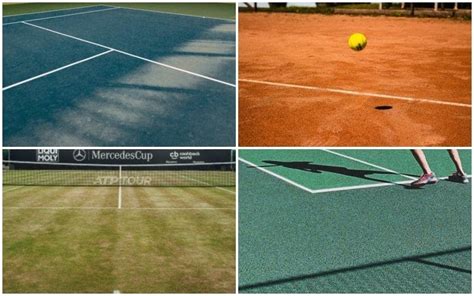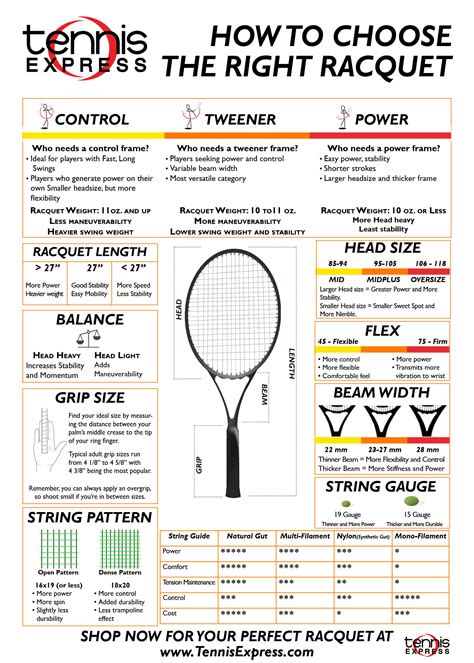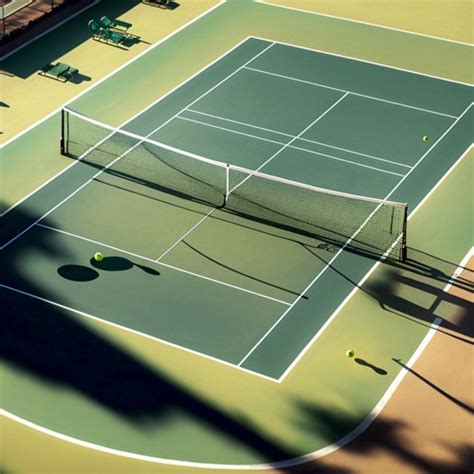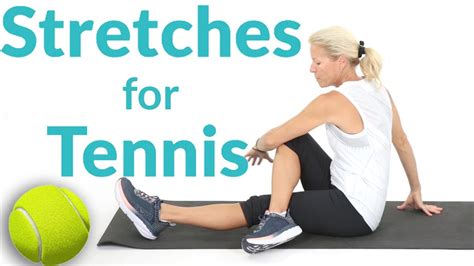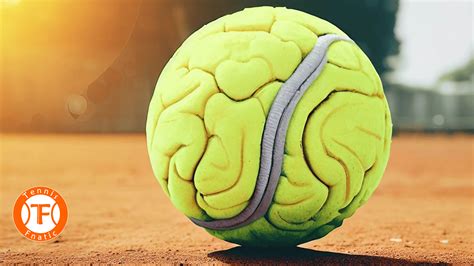Discover the unique benefits of tennis court surfaces, including grass, hard, and clay, and learn how to choose the right one for your game.Tennis is a sport that beautifully combines athleticism, strategy, and precision, and the court surface can significantly influence your game. With various options available—from the lush, green grass to the durable hard courts and the strategic clay courts—each surface presents unique characteristics and benefits that cater to different playing styles. In this article, we’ll delve into the fundamentals of tennis court surfaces, exploring how each type affects gameplay and player performance. Whether you’re a seasoned pro or just starting, understanding these differences can help you make more informed choices about your practice and competition environments. Join us as we explore the rich history and advantages of each surface, guiding you to choose the ideal court for enhancing your skills and elevating your game.
Understanding The Basics Of Tennis Court Surfaces
Tennis courts are designed with various surfaces, each offering a unique playing experience and influencing the game significantly. Understanding the different types of surfaces is essential for both players and spectators. The main surfaces used in tennis are grass, hard courts, and clay, and each has its own characteristics that contribute to the style of play.
Understanding The factors that define these surfaces includes texture, grip, and the speed at which the ball bounces. Grass courts, for example, are known for their fast-paced gameplay, thanks to the smooth nature of the grass that allows for quicker bounces. This surface often favors serve-and-volley players who can utilize the speed to their advantage.
Hard courts, on the other hand, provide a more consistent bounce, making them ideal for players who rely on a balanced game of both power and strategy. They are typically made from asphalt or concrete, and the surface can range from fast to slow depending on the type of coating used.
Clay courts are distinct for their slower speed and higher bounce, which encourages longer rallies and emphasizes strategy and endurance. The texture of the clay allows for sliding, enabling players to position themselves effectively for returns. This surface is often favored by baseline players who excel in constructing points.
understanding the basics of tennis court surfaces is crucial for players to adapt their strategies and enhance their on-court performance. By recognizing the attributes of each surface, players can make informed decisions about training and match preparation, ultimately leading to improved outcomes and a more enjoyable experience on the court.
The Development Of Grass Courts And Their Unique Benefits
The history of grass courts in tennis goes back to the very origins of the sport, making it one of the most traditional surfaces used in the game. Initially, grass courts were designed to mimic the informal backyard games played by early tennis enthusiasts. Over time, these courts have evolved significantly, shaping the game we know today.
One unique benefit of grass courts is their speed. The ball tends to skid on the surface, allowing for faster gameplay. This unique characteristic challenges players’ adaptability, making it essential for them to develop a quick reaction time and sharp reflexes. For many players, mastering grass courts is a badge of honor due to the added complexity that these surfaces present.
Another advantage of grass courts is the soft impact they provide on players’ joints. The natural grass surface is more forgiving than harder surfaces such as concrete, which can lead to fewer injuries over time. This aspect makes grass courts particularly appealing to players who may be prone to joint issues.
Furthermore, the aesthetic appeal of grass courts cannot be overlooked. Their lush green appearance is not only visually pleasing but also creates a unique atmosphere that enhances the spectator experience. Major tournaments like Wimbledon showcase the beauty and tradition associated with grass courts, further solidifying their place in tennis history.
Understanding the evolution of grass courts and their unique benefits is essential for any aspiring player or tennis enthusiast. As the game continues to evolve, the significance of this surface remains a vital topic in the discussion of tennis development.
Hard Courts: Why Players Prefer This Surface
Hard courts are one of the most popular surfaces in tennis, and it’s easy to see why many players prefer them. The characteristics of hard courts, which typically feature surfaces made of asphalt or concrete, provide a distinct playing experience that caters to various playing styles.
One significant advantage of hard courts is their consistency. Players can expect a uniform bounce of the ball, allowing for reliable shot execution. This predictability facilitates strategic playing, enabling athletes to experiment with different aspects of their game without the disruptions caused by irregular surface conditions, which can be more common on grass or clay courts.
Moreover, hard courts tend to require less maintenance compared to other surfaces. This durability means that facilities can host more matches without worrying about the impact of changing weather conditions on the court, ensuring availability for training and tournaments alike.
In terms of speed, hard courts provide a balanced pace that suits a variety of playing styles. From baseline rallies to serve-and-volley tactics, players can adapt their strategies to maximize their effectiveness on this surface. Additionally, hard courts are often used for major tournaments, including the US Open and the Australian Open, which further enhances their appeal as players aim to perform on the same surfaces seen in prestigious events.
Furthermore, the physical demands of hard courts should not be underestimated. The surface can be more taxing on players’ joints compared to softer surfaces like clay, emphasizing the importance of fitness and conditioning. Still, for players looking to improve their overall skills and adaptability, practicing on hard courts can develop their resilience and performance under pressure.
Hard courts offer a blend of predictability, lower maintenance, and a versatile playing experience, making them a preferred choice among many players. By understanding the unique characteristics of hard courts, players can better prepare for their matches and enhance their overall game.
Clay Courts: Enhancing Skills And Strategies For Players
Clay courts, characterized by their distinctive red or green surfaces, are known for their unique playing conditions that significantly influence the style and strategy of the game. Understanding the intricacies of this surface can greatly enhance a player’s capabilities on the court.
One of the primary advantages of understanding the clay court surface is the increased time players have to react to the ball. The slow nature of the clay allows for longer rallies and emphasizes strategy over sheer power. This gives players the opportunity to develop their footwork and shot placement skills, making it a perfect surface for honing techniques such as drop shots and lobs.
Additionally, clay courts allow for a distinctive sliding maneuver, which is integral to mastering this surface. Players can utilize their body weight to slide into shots, generating more control and precision. This sliding technique can be challenging to master, but once a player becomes proficient, it adds a dynamic element to their game, allowing for greater court coverage.
Moreover, the softer surface texture of clay courts can reduce the impact on players’ joints, making them a preferred choice for long matches. The slightly slower ball speed also encourages mental resilience, as players must remain focused and patient throughout potentially extended rallies.
Strategically, players must adapt their playing style to the unique characteristics of clay. Building points through consistent rallies, employing topspin-heavy shots to gain control, and using the court’s surface to manipulate ball bounce are all essential aspects of mastering play on clay. These strategic adjustments can significantly contribute to a player’s overall development.
Clay courts are not just a test of physical endurance; they provide an environment rich in strategic possibilities. By understanding the nuances of playing on clay, players can enhance both their skills and game strategies, leading to a more comprehensive approach to tennis. Embracing the challenges of clay can ultimately lead to growth and success on this unique surface.
Comparative Advantages: Choosing The Right Surface For Your Game
When it comes to tennis, the choice of court surface can significantly impact a player’s performance and style of play. Understanding the Understanding The nuances of each surface type is essential for players at all levels. Below, we discuss the comparative advantages of different surfaces, helping you choose the right one for your game.
| Court Surface | Speed | Ball Bounce | Player Movement | Skill Development |
|---|---|---|---|---|
| Grass Courts | Fast | Low | Slippery | Quick Reflexes |
| Hard Courts | Medium | Medium | Consistent | All-Round Skills |
| Clay Courts | Slow | High | Slower | Strategic Play |
Each surface has its unique characteristics:
- Grass courts offer a fast-paced game but require excellent footwork due to their slick nature.
- Hard courts provide a balanced experience suitable for all playing styles, allowing for powerful serves and consistent rallies.
- Clay courts enhance a player’s strategic depth, focusing on endurance, technique, and placement.
The right surface for you will depend on your playing style, skill level, and what aspects of your game you are looking to develop. Experimenting with different surfaces can provide invaluable insight into your strengths and areas for improvement, guiding your training and competition choices.
Frequently Asked Questions
What are the different types of tennis court surfaces?
The main types of tennis court surfaces include grass, clay, and hard courts, each with unique characteristics and playing conditions.
What is the main advantage of grass courts?
Grass courts provide a fast game with a low bounce, favoring players with a strong serve and volley game.
How do clay courts affect gameplay?
Clay courts slow down the ball and produce a higher bounce, making them ideal for baseline players who rely on long rallies.
What is a hard court, and what are its benefits?
Hard courts are made of synthetic materials, offering a balance between speed and bounce, making them versatile for various playing styles.
Which surface is most common in professional tennis?
Hard courts are the most common surface used in professional tennis tournaments, including the US Open and Australian Open.
Are there any surfaces that combine features of grass and clay?
Yes, some courts utilize a hybrid mix, such as the green clay courts, which provide characteristics of both surfaces for a unique playing experience.
How should players choose a surface to practice on?
Players should choose a surface that complements their playing style and helps them prepare for upcoming tournaments, considering their strengths and weaknesses.

